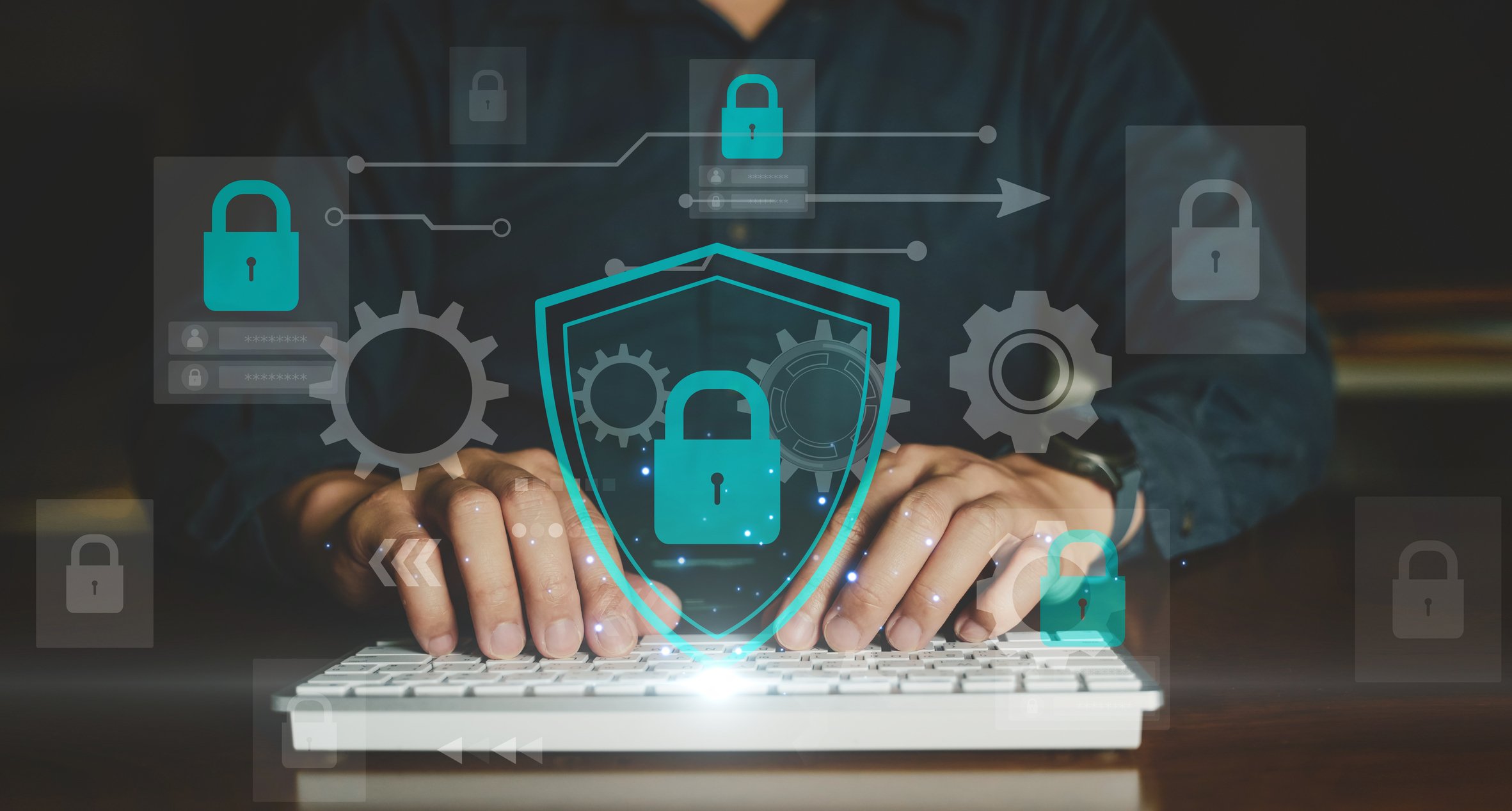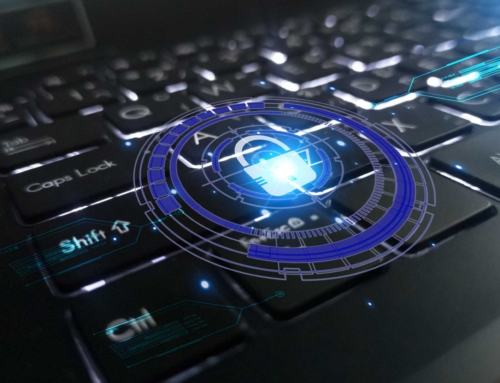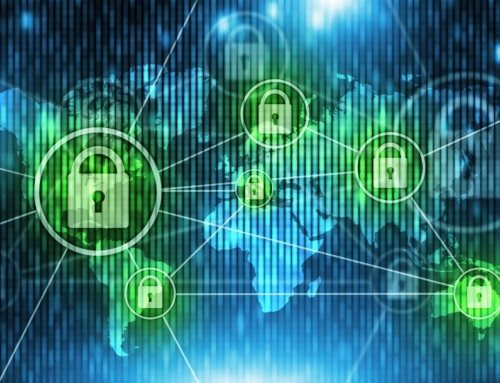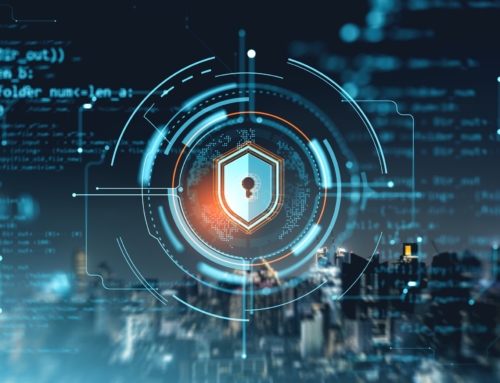Managing Ransomware Risks in BYOD (Bring Your Own Device) Environments
Understanding the Landscape of BYOD and Ransomware Threats
BYOD ransomware risk management has become a critical area of focus for businesses like ours as we navigate the complexities of modern IT environments. At Alvaka, we recognize the flexibility that Bring Your Own Device (BYOD) policies offer to today’s workforce. By allowing employees to use their personal devices for work-related activities, businesses can enhance productivity and provide a level of convenience that can lead to a more satisfied and efficient team. However, with the escalation of ransomware threats targeting BYOD environments, our commitment to safeguarding company data and protecting against these pernicious attacks has never been more paramount.
Embracing the Flexibility of BYOD in Today’s Workforce
We understand the value that BYOD policies bring to our organization by promoting a seamless workflow between home and office settings. The ability to access work materials from any location not only boosts productivity but also caters to the modern employee’s expectation for workplace flexibility. To maximize the advantages of BYOD, we as an IT management and network services provider stand ready to assist businesses in implementing strategies that ensure the security and manageability of personal devices in the corporate environment.
The Escalating Threat: Ransomware in BYOD Environments
The rise of ransomware represents one of the most severe security threats to BYOD environments. These malicious attacks can encrypt crucial business data and demand a ransom for the decryption key, potentially causing significant downtime and financial loss. Our approach focuses on preemptive measures, deploying cutting-edge anti-ransomware defenses specifically tailored to counteract these threats in BYOD settings. We comprehend the importance of ensuring that each personal device adhering to BYOD policies is a secure node in the company’s network, not a potential entry point for cybercriminals.
The Critical Need for BYOD Ransomware Risk Management
Effective BYOD ransomware risk management is vital to maintain control over the diverse range of devices accessing company data. Our mission at Alvaka is to provide a framework for robust defense mechanisms that integrate seamlessly with BYOD cultures. By staying ahead of the evolving threat landscape, we prioritize the confidentiality, integrity, and availability of our clients’ data. Our structured risk management strategies are designed not only to combat current ransomware tactics but also to adapt proactively to upcoming techniques that threat actors may employ.
Laying the Foundation: Creating a Robust BYOD Policy
Defining Acceptable Use: The First Step in BYOD Ransomware Risk Management
At Alvaka, we understand that the formation of an effective BYOD policy is pivotal to securing our clients’ data. As such, a cornerstone of our BYOD ransomware risk management strategy involves defining what constitutes acceptable use of personal devices in the workplace. We work to outline clear, precise guidelines detailing the types of permissible devices, applications, and access levels for each employee group, ensuring ambiguities are minimized, thereby reducing potential vulnerabilities.
Encouraging Employee Compliance Through Education and Communication
We dedicate ourselves to fostering a culture of security awareness among our clients’ workforce. Our approach goes beyond mere policy implementation; we emphasize the importance of ongoing education and open communication. By informing employees about the potential risks associated with non-compliance and illustrating how responsible behavior can safeguard their personal and company data, we bolster the overall defense against ransomware threats in BYOD environments.
Periodic Review and Update of BYOD Policies to Match Evolving Threats
In recognition of the fluid nature of cyber threats, we commit to periodic reviews and updates of BYOD policies. We believe that frequent reassessments are critical to staying ahead of emerging ransomware tactics, ensuring that our protective measures evolve in tandem with the shifting landscape. By doing so, we maintain an up-to-date defense framework that accounts for new vulnerabilities and threat vectors.
Implementing Technical Safeguards and Security Best Practices
Secure Connections: VPNs and Encrypted Communications in BYOD
Safeguarding the data transfer process is a key element of our security blueprint. We apply stringent measures, such as VPN implementations and enforcing encrypted communications, to secure information flow within BYOD settings. In doing so, we protect the integrity and confidentiality of our clients’ vital information against interception or unauthorized access as it moves across decentralized networks.
Employing Anti-Ransomware Tools and Regular Software Updates
We integrate cutting-edge anti-ransomware tools tailored to BYOD landscapes, delivering robust protection without hindering user experience. Furthermore, by ensuring regular updates to all devices involved in our clients’ networks, we effectively close off vulnerabilities that could otherwise be exploited by ransomware, staying one step ahead of adversaries.
Backup Solutions: The Safety Net Against Ransomware in BYOD Scenarios
Our strategic approach to BYOD ransomware risk management includes advocating for comprehensive backup solutions. We not only implement, but also rigorously test backup systems to confirm their reliability in data recovery scenarios. This proactive measure serves as a critical fail-safe, reducing the downtime and potential data loss associated with ransomware incidents.
Proactive Measures: Training and Incident Response Planning
Empowering Employees: The Role of Training in BYOD Ransomware Risk Management
We empower our clients’ employees by delivering tailored training sessions that address the unique intricacies of BYOD ransomware risk management. Our training programs focus on recognizing phishing attempts, handling sensitive information, and the proper response to suspicious activities. By equipping employees with this knowledge, we create a vigilant workforce capable of responding effectively to potential threats.
- Understanding the warning signs of a phishing attempt.
- Best practices for handling and transmitting sensitive data securely.
- Steps to take when encountering suspicious activities or security breaches.
Did you know? Regular training can empower employees to recognize ransomware threats in BYOD setups, greatly reducing the risk of a successful attack.
Solidifying BYOD Ransomware Risk Management for a Resilient Future
In the evolving landscape of workplace technology, it is imperative for businesses to not only acknowledge the flexibility that Bring Your Own Device (BYOD) policies afford but also to recognize the inherent risks that accompany this freedom, particularly the threat of ransomware. At Alvaka, we understand that addressing BYOD ransomware risk management is a continuous process that demands diligence, foresight, and adaptability to emerging threats. It’s about striking a balance between empowering employees and protecting the organization.
Navigating Challenges and Celebrating Triumphs in BYOD Ransomware Risk Management
A comprehensive risk management approach does more than safeguard your corporate network; it enhances your team’s productivity and confidence in their day-to-day operations. Our method involves a mix of policy creation, technical solutions, and proactive training measures to not just respond to incidents but to anticipate and prevent them. As we assist companies in navigating the challenges of BYOD environments, our focus remains on creating a secure, resilient network that can withstand the pressures of ransomware threats.
Through our diligent BYOD ransomware risk management strategies, we fortify businesses against the potentially devastating effects of ransomware attacks. Alvaka’s approach is grounded in clarity, regular policy reviews, and the employment of cutting-edge security practices. Our commitment to providing comprehensive security solutions ensures that clients can confidently integrate BYOD into their business models, knowing that risks are being managed effectively.
Building a Culture of Security Awareness
While technology forms the backbone of defense, the human element is equally crucial. A culture of security awareness among employees is one of the most effective defenses against ransomware attacks in a BYOD setting. Enabling our clients to build this culture is a cornerstone of our service. We provide thorough training and resources to ensure that every team member is equipped with the knowledge and tools required to identify and prevent potential threats. By doing so, we don’t just protect systems; we empower individuals.
Our commitment extends to initiating well-orchestrated incident response plans that are critical in minimizing damage in the event of security breaches. With a clear strategy and a swift response, recovery time can be significantly reduced, mitigating potential losses and ensuring business continuity. The importance of a robust ransomware recovery plan cannot be understated—it is the lifeline that can restore operations and preserve trust following an incident.
We at Alvaka are dedicated to ensuring that our clients are well-equipped to face the challenges of BYOD ransomware risk management. By laying a strong policy foundation, implementing advanced technical safeguards, and fostering a proactive security culture, we help businesses not only survive the dynamic threat landscape but thrive within it. The intersection of employee flexibility and robust security need not be a crossroad of compromise but an avenue leading to a secure and prosperous digital ecosystem for all.
FAQ
What is BYOD and why is it important in today’s workforce? ▼
BYOD stands for “Bring Your Own Device,” and it refers to the policy of permitting employees to use their personal devices for work-related tasks. It’s important because, by offering flexibility and convenience, it can lead to increased productivity and satisfaction among the workforce.
What are the risks of ransomware in a BYOD environment? ▼
Ransomware threats have escalated in BYOD environments because personal devices may not have the same level of security as corporate-managed devices. This makes it easier for cybercriminals to breach systems and encrypt data for ransom. Moreover, BYOD devices can be a gateway to the corporate network, potentially exposing it to ransomware attacks.
How can a robust BYOD policy protect against ransomware threats? ▼
A robust BYOD policy lays down clear guidelines for acceptable use, security requirements, and user responsibilities. It helps reduce the risks of ransomware by ensuring that personal devices used for work are secured and managed in a way that’s consistent with the company’s overall cybersecurity strategy.
Why is regular review and updating of the BYOD policy important? ▼
Regularly reviewing and updating the BYOD policy is crucial because it helps address new and evolving cyber threats, such as ransomware. Additionally, it ensures that the policy remains relevant and effective against the latest tactics used by cybercriminals.
How does VPN usage improve security in BYOD scenarios? ▼
VPNs, or Virtual Private Networks, encrypt internet traffic, making it difficult for unauthorized users to intercept and access sensitive data. In BYOD environments, using a VPN ensures that employees can securely connect to the corporate network even when using their personal devices.
What role do anti-ransomware tools play in protecting BYOD devices? ▼
Anti-ransomware tools provide proactive protection for BYOD devices by detecting and blocking malicious activity. These tools are designed to recognize the behaviors typical of ransomware attacks, thereby preventing encryption attempts before they can cause harm.
Why are regular software updates critical in mitigating ransomware threats? ▼
Regular software updates are critical because they often include patches for security vulnerabilities that could be exploited by ransomware. By keeping all devices up to date, we reduce the risk of these vulnerabilities being used as entry points for ransomware attacks.
How does implementing backup solutions act as a safety net against ransomware? ▼
Implementing backup solutions is a safety net because, in the event of a ransomware attack, having recent backups allows us to restore encrypted data without paying the ransom. This significantly mitigates the impact of the attack.
Why is employee training essential in the context of BYOD and ransomware? ▼
Employee training is essential because, despite technical safeguards, human error remains a significant risk factor. Training empowers employees to recognize and avoid potential threats, such as phishing emails, which are common vectors for ransomware.
What should be included in an incident response plan for BYOD environments? ▼
An incident response plan for BYOD environments should include procedures for identifying, containing, and eradicating ransomware threats, as well as protocols for recovery and communication post-incident. Consequently, having a well-defined plan enables us to respond efficiently and minimize damage.








 Smoke testing is a term used to describe the testing process for servers after patches are applied.
Smoke testing is a term used to describe the testing process for servers after patches are applied.  This is a basic cost calculator for you to compute your typical monthly cost for patching your servers, PCs, laptops, tablets and associated application software. It also forms the basis for you to begin calculating your Return on Investment for software patching, or for comparison with alternatives to the manual process of patching operating systems and application software—such as Patch Management as a Service, also known as Vulnerability Management as a Service.
This is a basic cost calculator for you to compute your typical monthly cost for patching your servers, PCs, laptops, tablets and associated application software. It also forms the basis for you to begin calculating your Return on Investment for software patching, or for comparison with alternatives to the manual process of patching operating systems and application software—such as Patch Management as a Service, also known as Vulnerability Management as a Service.